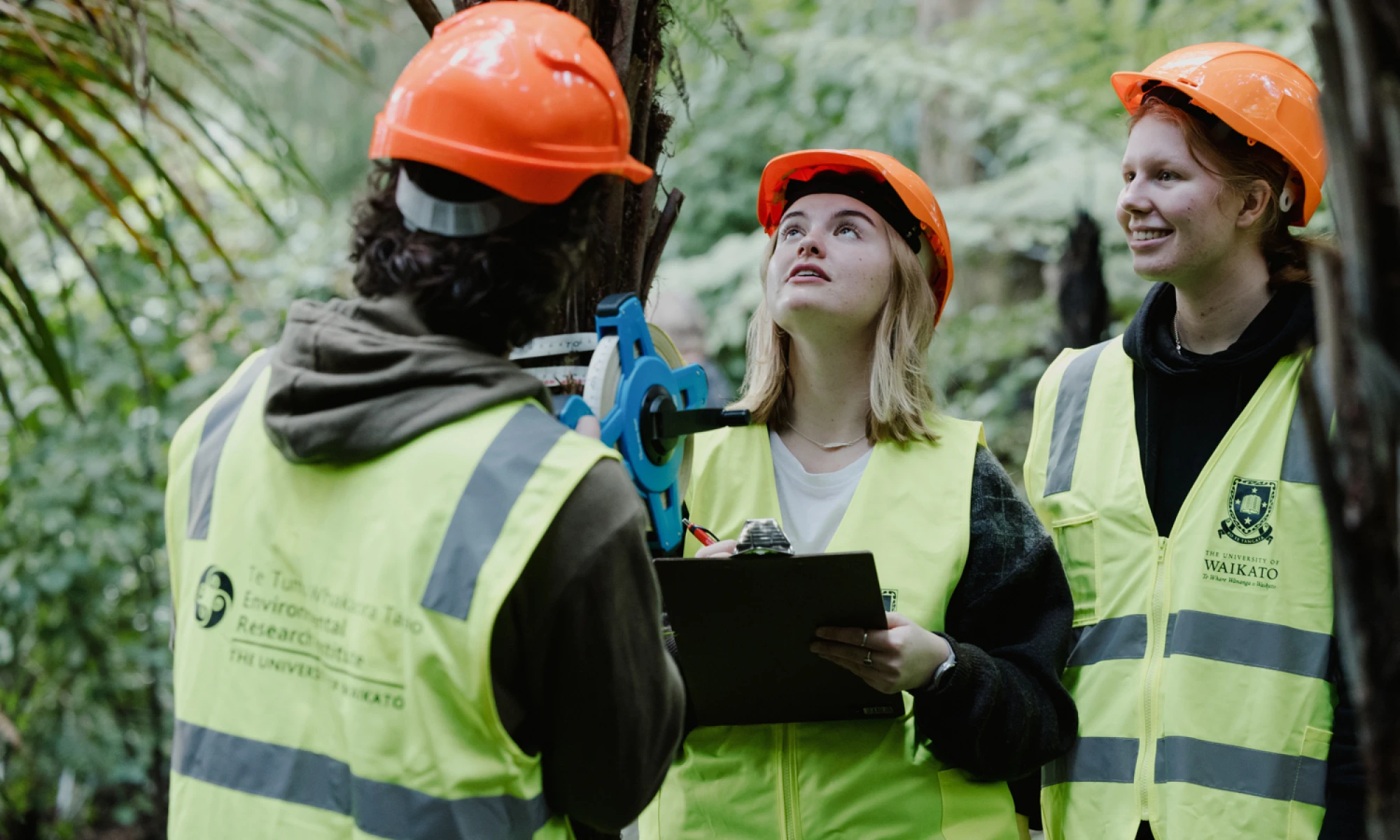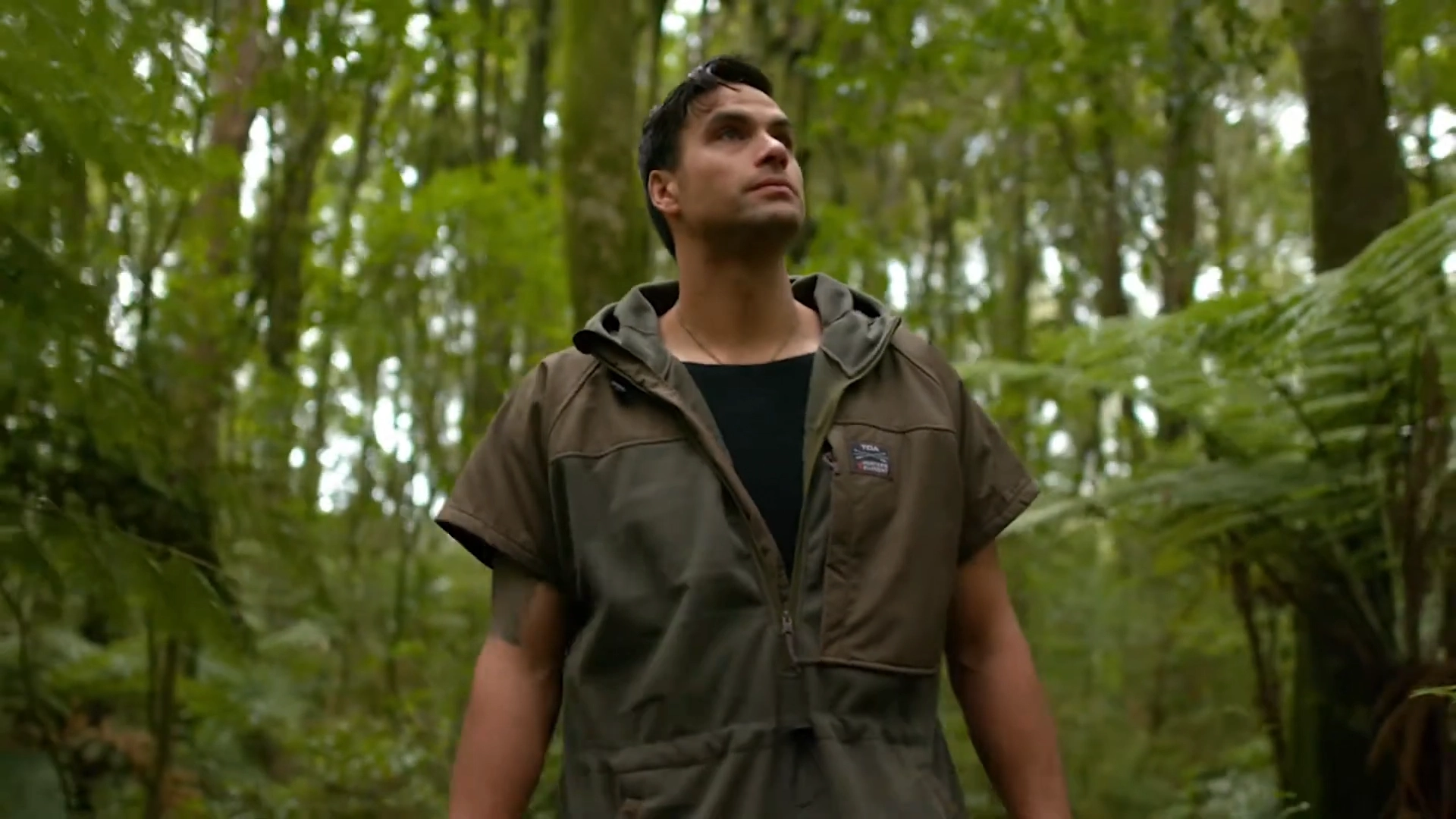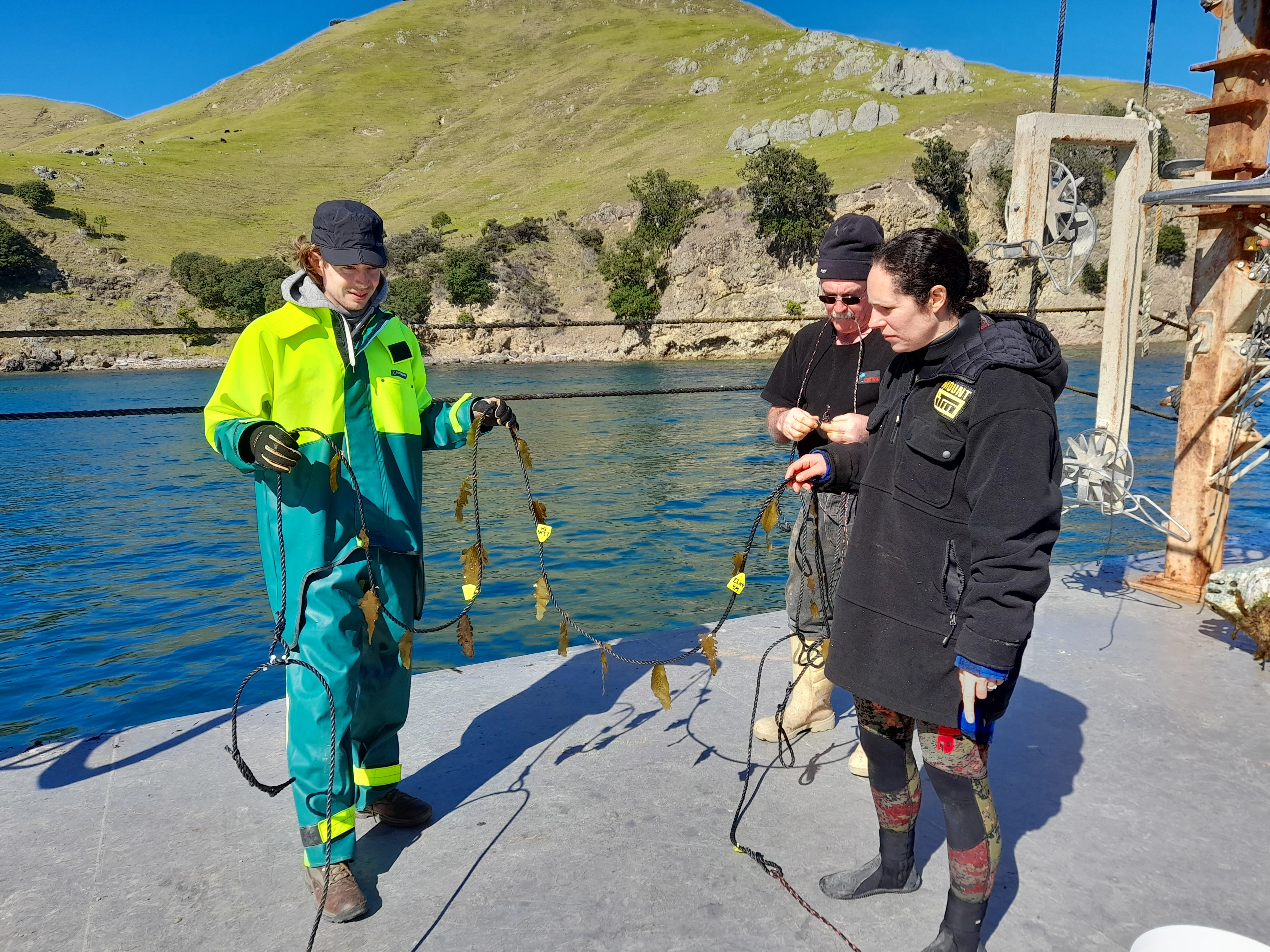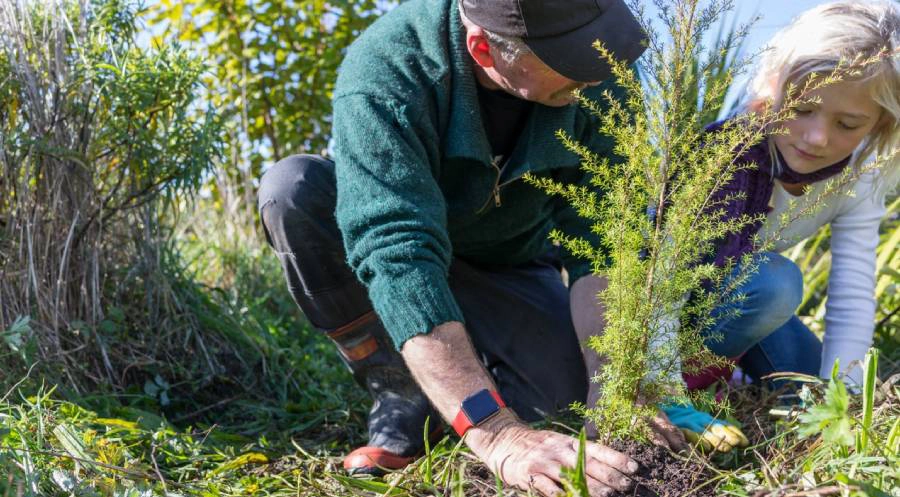Environmental Sciences

Why study Environmental Sciences?
The growing human population is expected to exceed 9 billion within the next 40 years. The need to provide for increasing human demands, while protecting and sustainably managing the environment, is one of our greatest global challenges. Environmental Science is at the core of this challenge.
A major in Environmental Sciences at Waikato encompasses ecology, earth sciences, and environmental chemistry as well as many other disciplines. It is about understanding and managing human impacts on our land, biodiversity, freshwater, oceans, atmosphere and climate while providing the food, water, energy, and mineral resource needs that are critical to our survival.
At Waikato we take a strong interdisciplinary approach so you will gain skills in applying the biological, chemical and earth sciences to understand and manage the impacts of human activities on the environment.
Waikato is a great region in which to base your Environmental Science studies. We have easy access to a wide range of natural environments as well as some of the most intensive farming and processing industries in New Zealand. Our field trips and study examples include coastal estuarine environments, the Waikato and Waihou Rivers, a wide range of lakes. World heritage listed Whangamarino wetland, leading international examples of predator pest control at Maungatautari, and many native forest ecological restoration sites are all within easy reach of the University of Waikato.
Facilities
As an Environmental Sciences student at the University of Waikato, you will have access to the University's well-equipped laboratories, becoming familiar with complex research equipment and techniques. You'll be working alongside, and learning from, well-respected researchers, industry professionals and academics.

Career Opportunities
- Agricultural Adviser
- Biosecurity Officer
- Coastal Resource Manager
- Consent Planner
- Environmental Analyst
- Environmental Scientist
- Hydrologist
- Oceanographer
- Water Resource Manager
Hamilton, Tauranga
Study Environmental Sciences in these qualifications
Scholarships and Prizes
Visit our Scholarship Finder for information about possible scholarships.

Fight for a sustainable future
Learn from leading professors and researchers in the sustainability field and develop skills to change the way we tackle environmental challenges. Find our more about our researchers tackling some of the big issues of our time.
Connected to the sea
Our Tauranga campus offers the only science research facility in New Zealand specifically configured to address the real issues of our engagement with the sea in terms of environmental sustainability, and also with a strong theme of innovation in creating wealth from our marine resources.

Get involved on campus
Connect with like-minded students, staff and the wider community. Waikato Eco Campus and Tauranga Eco Campus host workshops, tree planting, community hīkoi and much more!